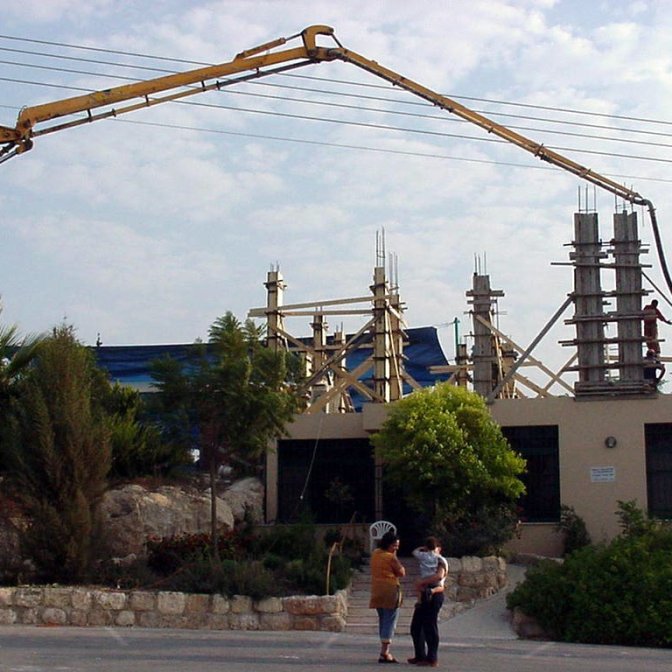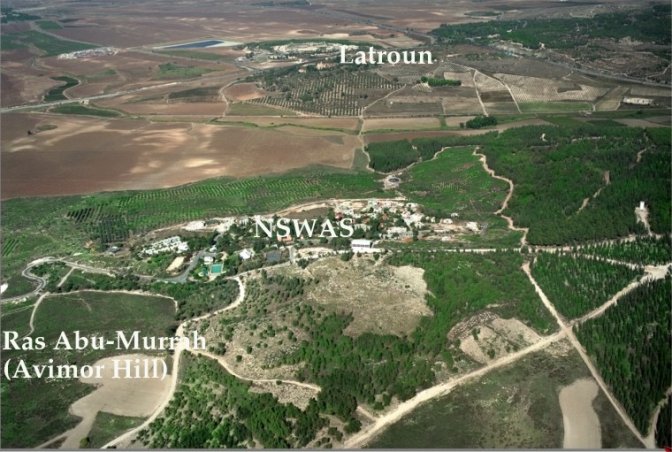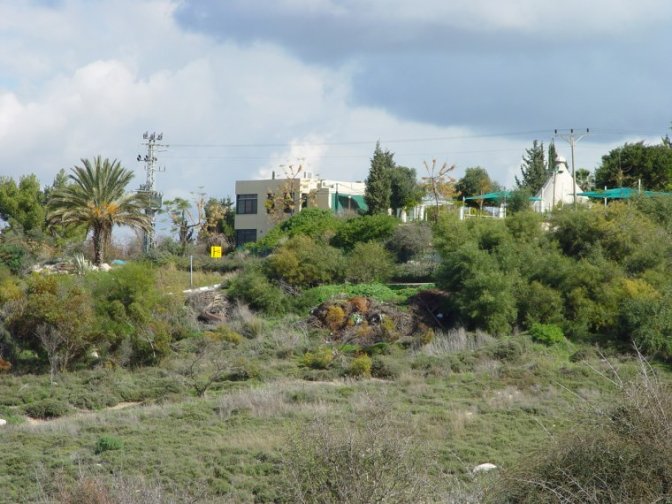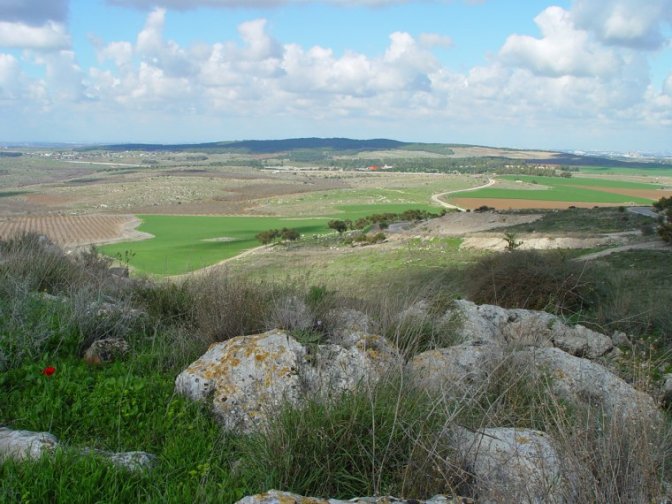Home > Oasis of Peace > Community > Infrastructure > Commission rejects plan to build new settlement next to NSWAS
Commission rejects plan to build new settlement next to NSWAS
Meanwhile: Modification to NSWAS master plan is conditionally approved
Thursday 5 February 2004
All the versions of this article: [English] [italiano]

On Tuesday, February 3, the National Building and Planning Commission met to discuss the proposal by developers to build a new settlement adjacent to NSWAS. The plan called for the allocation of 60 hectares of state land for the construction of some 520 homes. Due to opposition by various parties including NSWAS, the Association for the Protection of Nature and the Jewish National Fund, the plan was rejected, despite a government decision from 2002 in favour of establishing a new settlement there. Since only the current plan was rejected, rather than the government’s decision in principal, there remains a danger that a similar plan may one day be raised again.
The intention to establish a settlement on the hilltop adjacent to NSWAS follows an earlier attempt, in 1993, to establish a “new neighbourhood” of NSWAS for veterans of the “special anti-terror units” of the police. Due to opposition by NSWAS and others, that plan was rejected by the Building and Planning Commission in 1995.
From 1998, the developers lobbied the government to establish the project as a new settlement and, in 2002, the government included it in a plan to create fourteen new settlements close to the pre-1967 border.
NSWAS stands opposed to all attempts to establish settlements adjacent to it, since there is a strong possibility that the state would later oblige a merger. This would threaten the special binational character of NSWAS and its educational institutions. It therefore comes as a relief that the Commission has turned down this latest attempt.
Modification to NSWAS master plan is conditionally approved
On January 27, the Regional Building and Planning Commission conditionally approved a modification to the master plan of the village, which includes re-zoning and parcelization for another 90 residences and municipal areas. Final approval by the Commission pends agreement by the Israel Lands Administration (ILA), since the plan includes approximately three hectares of state land. If the ILA raises no objection, it should be possible to traverse the remaining bureaucratic hurdles during the coming months.









